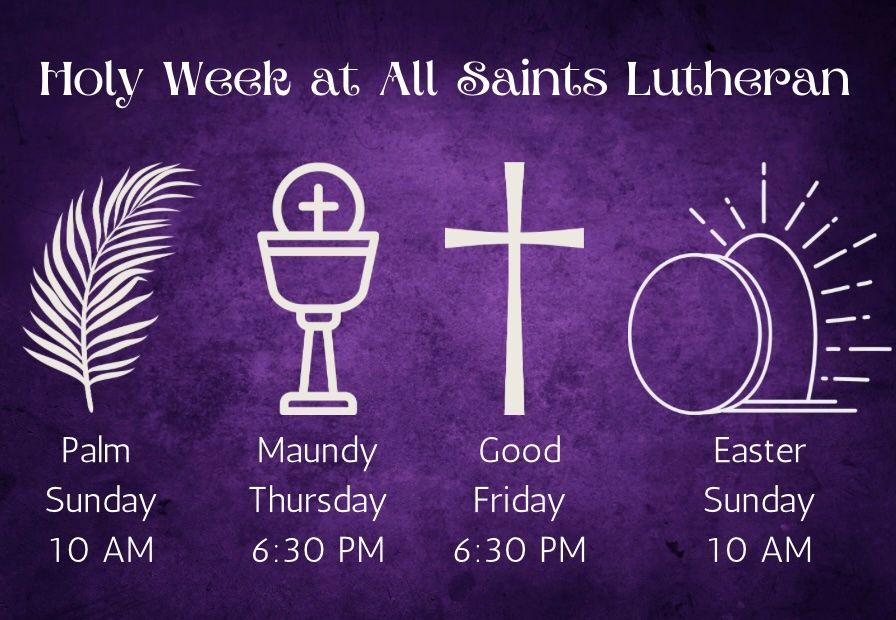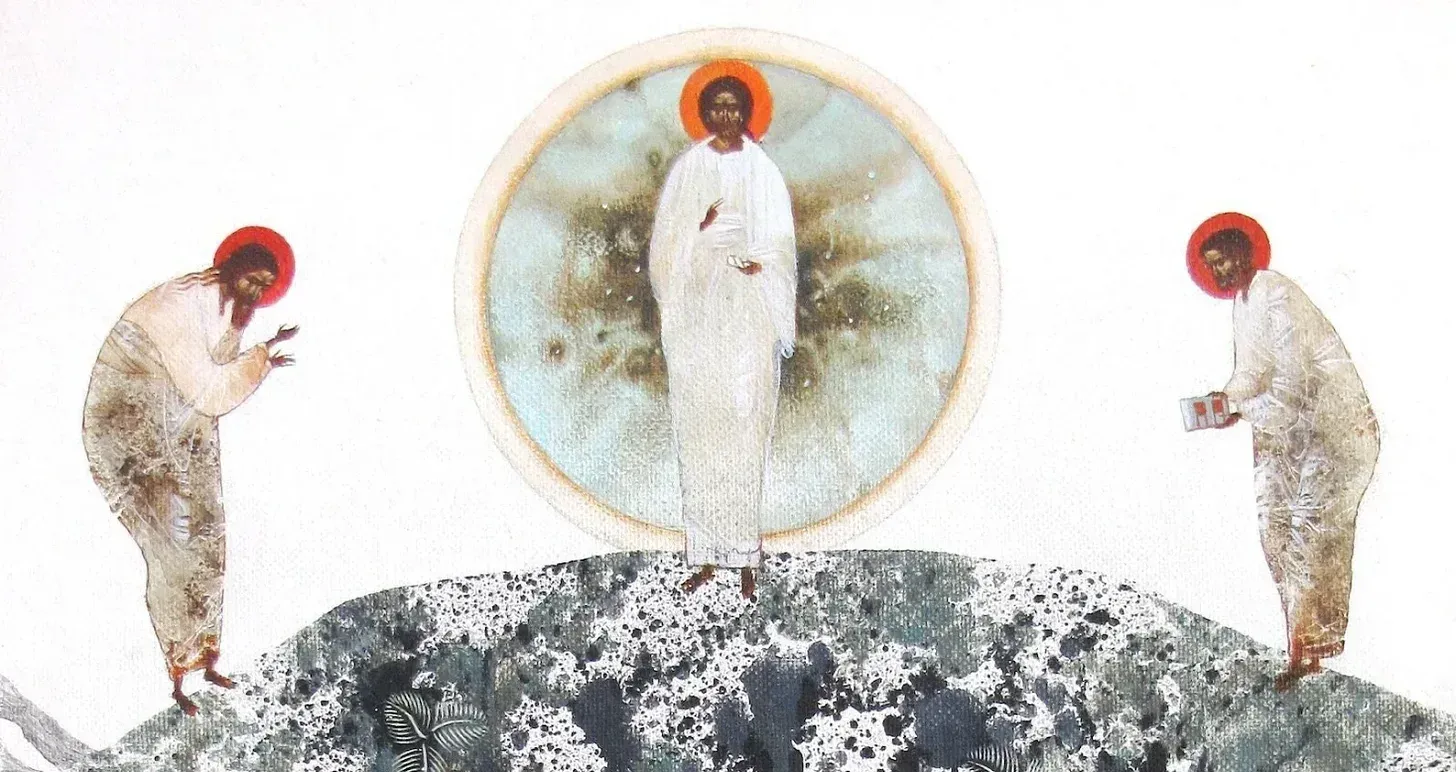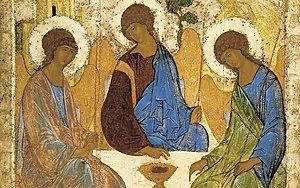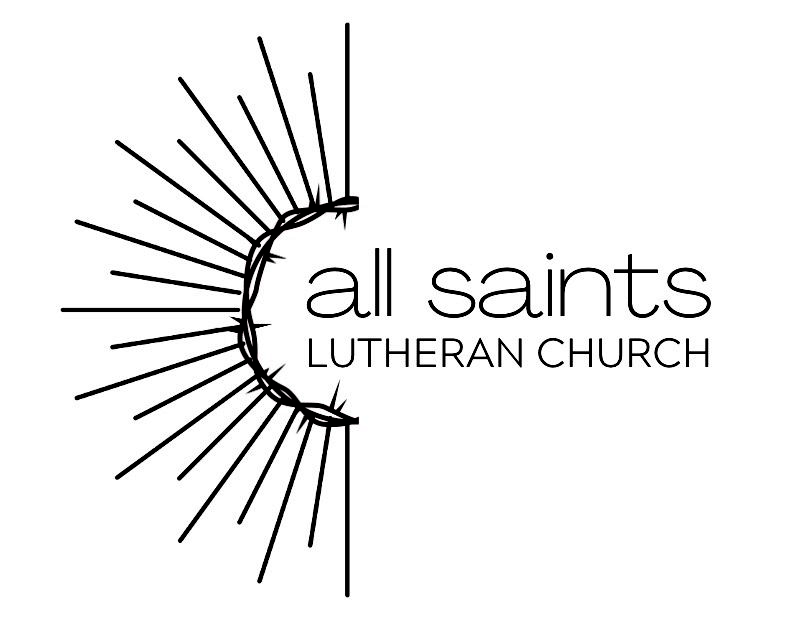Palm Sunday, April 13, 2025
Hosanna to the Son of David!!
Welcome to Holy Week!!
We have made the journey with Jesus
here to the hill overlooking Jerusalem
and we have begun our ascent
to the holy city.
As we orient ourselves in this story
we need to consider two simultaneous contexts:
the context within the text
of the Gospel according to St. Luke
and the context within which
St. Luke wrote this Gospel.
Within the text,
Jesus has come down the mount of Transfiguration
and he has set his face toward Jerusalem.
Jesus’ ministry has taken a tone
quite critical of the city of Jerusalem,
making reference not to the Jewish people of the city
but to the seat of power and influence,
corruption and collusion,
that the city represents.
Jesus refers to Jerusalem
the way cable news pundits
refer to Washington.
We have heard Jesus speak of Jerusalem
as the brood he wished to gather under his wings
but they would not have it.
Jesus tells parables
in which the rulers and their clerks,
the Pharisees and scribes,
are the villains and scoundrels
instead of the noble heroes.
And we have now reached the week of the Passover,
when people of Jewish faith
from all over the Roman world
would travel to Jerusalem
to celebrate the feast
in the shadow of the Temple.
We have heard Jesus critique the ruling class
of the Jewish people,
a group which should have sided with
and cared for the Jewish people,
but has sided with the Roman Empire instead
and has colluded with this occupying force
in order to enrich and preserve themselves
at the expense of the Jewish people.
We have seen Jesus call disciples
named “Simon the Zealot,”
“Judas, son of James,”
and “Judas Iscariot.”
The Zealots were an armed resistance group.
Roughly 400 years before the time of Jesus,
the Maccabees had led a violent revolt
against the Greek occupying force
and succeeded in retaking the temple.
During their siege,
the temple lamp only had enough oil
to last one day,
but the oil lasted 8 days,
a miracle commemorated during the feast of Hannukah.
This revolt was led by a man named Judas Maccabeus.
For two of Jesus’ disciples to be named Judas
while Judea and Jerusalem are again an occupied territory,
either means families are hoping for a repeat
and naming their babies in protest,
or these men are taking to themselves
the moniker of a revolutionary.
Further, Iscariot is not a surname,
but a nickname,
derived from a kind of concealed dagger.
So, this person’s name
is something more like a mob enforcer would have;
less of a first name, last name situation
and more like ‘Guido the Knife,’
as one of my professors put it.
Passover is such a big deal
and so many people fill the city that
Pontus Pilate, the Roman Governor, is in town
to make sure things don’t get out of hand.
He would have ridden into the city
on a horse,
under Roman insignia,
paying homage to Caesar,
who styled himself as “savior”
and the son of the gods.
The Jewish ruling class is nervous
about this guy
flouting their authority
and showing no respect for Rome.
They worry that Pilate will think
they can’t control the people,
and maybe that they actually can’t control the people,
and so they are plotting to kill Jesus
as an insurrectionist,
as a usurper,
as an example;
a threat to the Pax Romana,
the so-called “peace” Rome imposed
through intimidation and brute force.
Then here comes Jesus,
a grown man riding on a baby horse,
surrounded by Zealots
and at least two guys named Judas,
one of which is probably armed—
they’re all waving palm branches—
a symbol of Jewish resistance—
to shouts of Hosanna, which means “save us”
and calling Jesus “Son of David,”
meaning the rightful ruler of Jerusalem
and the Jewish people.
We have to assume
that the folks who watched Jesus
lampoon Roman symbols,
chide the Jewish rulers who had colluded with Rome,
and now shouted “Save us, Son of the Real King!”
were assuming that Jesus
was going to start a revolution,
was going to ‘drain the swamp,’
was going to storm the governor’s palace,
was going to be the savior
who sat on the throne of David
and ushered in a new golden age of Judean prosperity
and universal respect.
Or maybe they thought
that this is how God
was going to finally bring justice
and real peace.
That Jesus was going to remove the tyrant
and his oligarchs,
establish a new,
egalitarian kingdom,
a commonwealth of and for the people.
But Jesus’ very first stop
upon entering the city
is the Temple,
and he doesn’t just drive out the leadership;
he drives out everyone,
even the livestock,
and seems angry that the temple
had become a place of commerce
instead of a house of Prayer.
Everyone was surprised
and deeply disappointed.
Whatever they had hoped Jesus would do,
he had not done.
Have you ever been disappointed with God?
Have you prayed
and hoped
and dreamed
and fretted
and plotted
and worried
and wondered why God would take so long to act?
Or why God would not act at all,
and allow such terrible things to happen?
Reality is often disappointing,
a cascade of dashed hopes
and realized fears.
Coping with this disappointment—
or avoiding coping with this disappointment—
becomes a way of life.
When this reality disappoints us
it is easier
to be mad at reality,
to embrace an exonerating and indemnifying cynicism
as a protective shield.
It is easier
to avoid reality,
to embrace fantasy and fiction,
conspiracy and the illusion of control;
to numb out, to dissociate,
to distract ourselves from our disappointment
or from being disappointed again.
But Palm Sunday is an invitation
to sit in our disappointment—
with reality,
with God.
Jesus is,
as Richard Rohr says,
“Reality with a personality,”
Jesus came to show us
that God is reality itself,
that our anger and disappointment
is with God.
We had hoped for a God of prevention and protection
but we have a God of redemption and solidarity.
Jesus has a relationship with reality,
with God,
that is able to face reality as it is
and to grieve for it,
until a new relationship arises
from the grave of the old.
Jesus came to show us
in the Garden of Gethsemane
that he shares our anger and disappointment,
and that forgiveness is the product of grief.
Jesus has come to show us
that reality includes the cross.
Palm Sunday is not the end of the story.
Palm Sunday is the starting point—
from which, we will see the whole cycle
of life, and death, and resurrection.
Palm Sunday is the invitation
to begin again,
to enter into this grief,
this disappointment,
this anger at reality,
this anger at God;
because we cannot grieve
until we are honest about our disappointment,
cannot forgive and be forgiven
until there is confession and reparation.
Palm Sunday is the invitation
to begin to trust
that life and death and resurrection
is the pattern of all things.
Palm Sunday is the invitation
to lean in,
to follow the whole story,
to find ourselves within it,
and it within our everyday lives,
until it builds with in us
the resilience that we have called faith,
until it leads us to trust in reality,
to trust in God.
So, join us this week.
Come and make the whole journey with us.
Especially if you are disappointed in reality,
especially if you are angry,
especially if you are grieving
or struggling to grieve,
especially if you need forgiveness
or you’re struggling to forgive,
especially if you are struggling to reconcile
with reality as it is.
There is a place for you in this story,
because this story is yours.
I promise you will not stay disappointed.










